This question asks about ordering a bar graph according to an unsummarized table. I have a slightly different situation. Here's part of my original data:
experiment,pvs_id,src,hrc,mqs,mcs,dmqs,imcs
dna-wm,0,7,9,4.454545454545454,1.4545454545454546,1.4545454545454541,4.3939393939393945
dna-wm,1,7,4,2.909090909090909,1.8181818181818181,0.09090909090909083,3.9090909090909087
dna-wm,2,7,1,4.818181818181818,1.4545454545454546,1.8181818181818183,4.3939393939393945
dna-wm,3,7,8,3.4545454545454546,1.5454545454545454,0.4545454545454546,4.272727272727273
dna-wm,4,7,10,3.8181818181818183,1.9090909090909092,0.8181818181818183,3.7878787878787876
dna-wm,5,7,7,3.909090909090909,1.9090909090909092,0.9090909090909092,3.7878787878787876
dna-wm,6,7,0,4.909090909090909,1.3636363636363635,1.9090909090909092,4.515151515151516
dna-wm,7,7,3,3.909090909090909,1.7272727272727273,0.9090909090909092,4.030303030303029
dna-wm,8,7,11,3.6363636363636362,1.5454545454545454,0.6363636363636362,4.272727272727273
I only need a few variables from this, namely mqs and imcs, grouped by their pvs_id, so I create a new table:
m = melt(t, id.var="pvs_id", measure.var=c("mqs","imcs"))
I can plot this as a bar graph where one can see the correlation between MQS and IMCS.
ggplot(m, aes(x=pvs_id, y=value))
+ geom_bar(aes(fill=variable), position="dodge", stat="identity")

However, I'd like the resulting bars to be ordered by the MQS value, from left to right, in decreasing order. The IMCS values should be ordered with those, of course.
How can I accomplish that? Generally, given any molten dataframe — which seems useful for graphing in ggplot2 and today's the first time I've stumbled over it — how do I specify the order for one variable?

